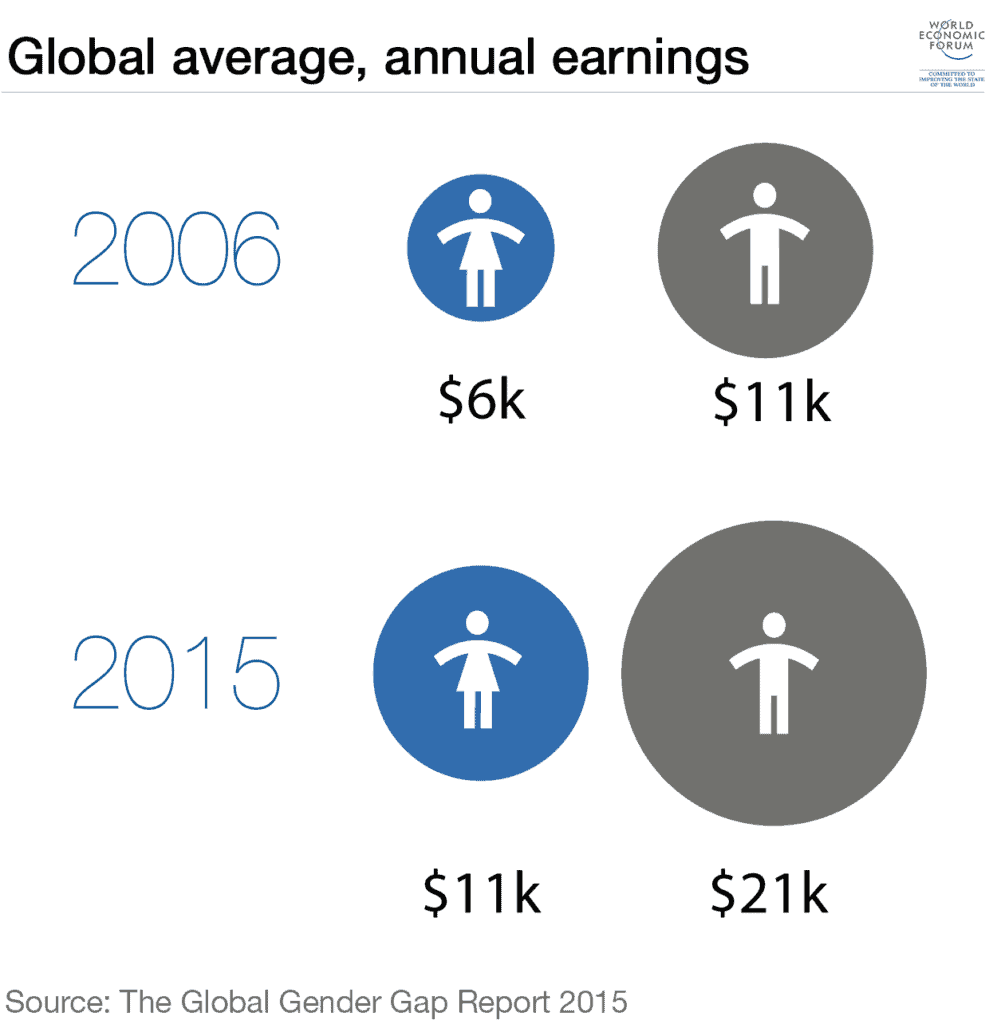
According to a UNICEF whitepaper, girls worldwide spend 160 million more hours each day doing household chores than boys. That’s roughly a 40 percent difference, and the UN says many of the problems we’re facing in the labour market today, including the gender gap in pay and skills, can trace their origins here.
As soon as a girl grows old enough to pick up a broom or carry a handful of firewood, she is put to work. That’s nothing demeaning about it and, with the risk of sounding like old-fashion, it builds character. This becomes a serious problem when household chores are so overwhelming that they interfere with school, playing, making friends and growing as a person. If chores prevent you from becoming anything apart from a housekeeper, society shouldn’t be interested in entertaining this obsolete paradigm.
“The types of chores commonly undertaken by girls — preparing food, cleaning and caring for others — not only set the stage for unequal burdens later in life but can also limit girls’ outlook and potential while they are still young,” the UN says.
The report suggests that between ages five and nine, girls spend 30% more time on chores than boys and by 14, it rises to 50%. In some countries like those situated in the Middle East, North Africa and South Asia, girls have to spend twice as much time on chores than their brothers. By this point, household work for girls sounds less like a chore and more like a training academy for a life of cleaning, cooking and child rearing.

Also from the report, we learn that girls living in Burkina Faso and Yemen have same of the largest labour gaps between girls and boys. In Somalia, girls aged between 10 and 14 spend about 26 hours a week doing household chores.
“Girls sacrifice important opportunities to learn, grow and just enjoy their childhood,” Unicef’s Anju Malhotra said.
“This unequal distribution of labour among children also perpetuates gender stereotypes and the double burden on women and girls across generations.”
The link between unfairly distributed burdens for girls and the gender gap in the labour market later in life is highlighted by the report’s authors. They cite a statistic that says the annual pay for women now equals that of men…ten years ago. Also, despite women comprise the majority of students in 97 countries, they make up the majority of skilled workers in only 68 countries and leaders in just four nations.
While the situation is woeful, the report’s authors remind us that it used to be much worse. In the span of ten years, 250 million additional women have entered the labour force.
“Progress in the economic and political worlds has been proven to be self-reinforcing, so interventions such as quotas – which have been demonstrated to have wider positive effects – offer insight into how the gap could be closed further in future.”






